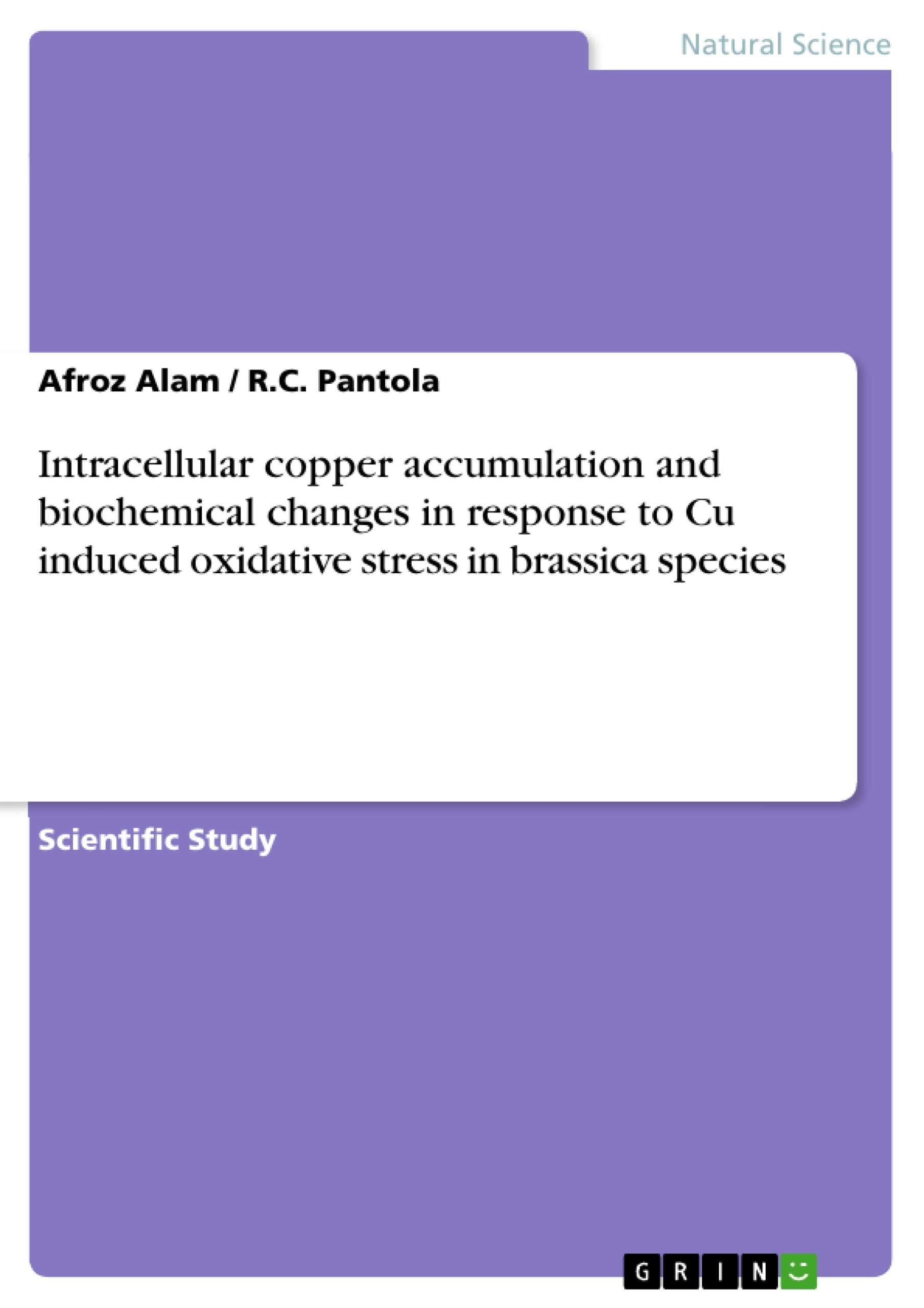Out of 90 naturally occurring elements, 53 are considered as heavy metals, however, not all of them have biological significance. Heavy metals cannot be smashed, but can only be altered from one state to another. On the basis of their solubility in physiological conditions, 17 heavy metals are obtainable for living cells and of significance for the organism and ecosystem. Among these metals, Fe, Mn and Mo are important as micronutrients; Cu, Co, Cr, Ni, V, W and Zn are noxious elements with high or low importance as trace elements.
Most common heavy metals, namely, Cu, Cd and Zn create the major problem in contaminated soils that is completely different from organic pollutants. Unlike organic pollutants, these heavy metals cannot be biodegraded and therefore exist in the environment for extended periods of time. Hence, environmental pollution caused by these heavy metals becomes more frightening and tricky with ever increasing unplanned mining and unconstrained industrial activities. In present scenario of increasing industrialization, soil and water contamination is exceptionally alarming and widespread all over the developing world, including highly populated countries like China and India.
Thus the toxicity of heavy metals in our environment is a worldwide problem and a growing hazard to the sustainable ecosystem. The present book is written on the basis of extensive research with the objectives to find out the uptake and toxicity of copper in three species of Brassica viz. B. juncea (L.) Czern., B. napus L. and B. rapa L. It also provides an insight regarding the tissue specific cellular buildup of copper in root, shoot and leaves of these species. The relationships with growth and biochemical changes under Cu induced stress are also discussed in this book.
Inhaltsverzeichnis (Table of Contents)
- Preface
- Acknowledgements
- About the Book
Zielsetzung und Themenschwerpunkte (Objectives and Key Themes)
This book investigates the uptake, accumulation, and toxicity of copper (Cu) in three Brassica species: B. juncea, B. napus, and B. rapa. The study aims to understand the cellular mechanisms of Cu accumulation in different plant tissues and its impact on plant growth and biochemical processes under Cu-induced stress.
- Cu accumulation in Brassica species
- Tissue-specific Cu distribution
- Cu-induced oxidative stress
- Biochemical responses to Cu stress
- Development of Cu-tolerant Brassica varieties
Zusammenfassung der Kapitel (Chapter Summaries)
- Preface: This chapter introduces the concept of heavy metals and their significance in the environment. It highlights the environmental concerns associated with heavy metal contamination, particularly Cu, Cd, and Zn. The book's focus on Cu toxicity in Brassica species is introduced, emphasizing the need for understanding Cu uptake and its effects on plant growth.
- Acknowledgements: This chapter expresses gratitude to individuals and institutions who contributed to the research and publication of the book.
- About the Book: This chapter provides an overview of the book's content and its significance in advancing our understanding of Cu tolerance and sensitivity in plants. It emphasizes the potential applications of the research in phytoremediation and improving human nutrition.
Schlüsselwörter (Keywords)
Copper, heavy metals, oxidative stress, Brassica, plant growth, phytoremediation, biochemical changes, antioxidants, tolerance, sensitivity.
- Quote paper
- Ph.D. Afroz Alam (Author), PhD R.C. Pantola (Author), 2016, Intracellular copper accumulation and biochemical changes in response to Cu induced oxidative stress in brassica species, Munich, GRIN Verlag, https://www.grin.com/document/342997



